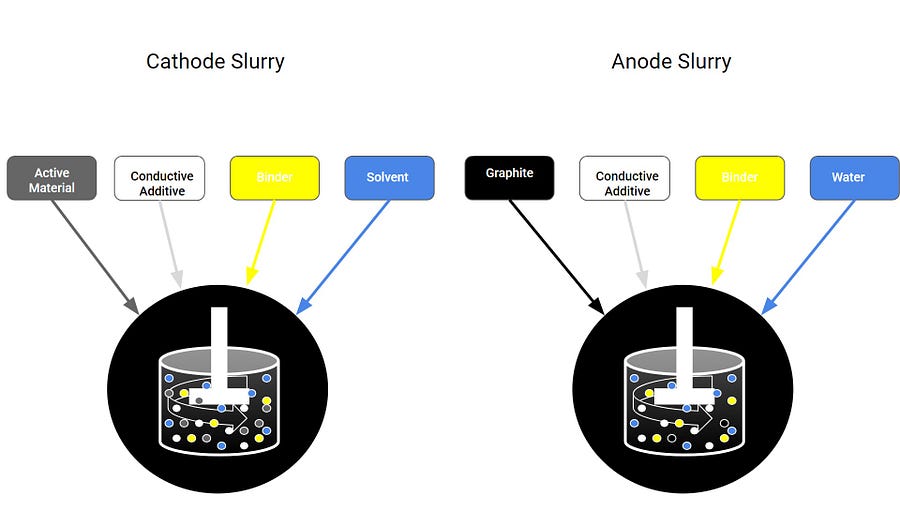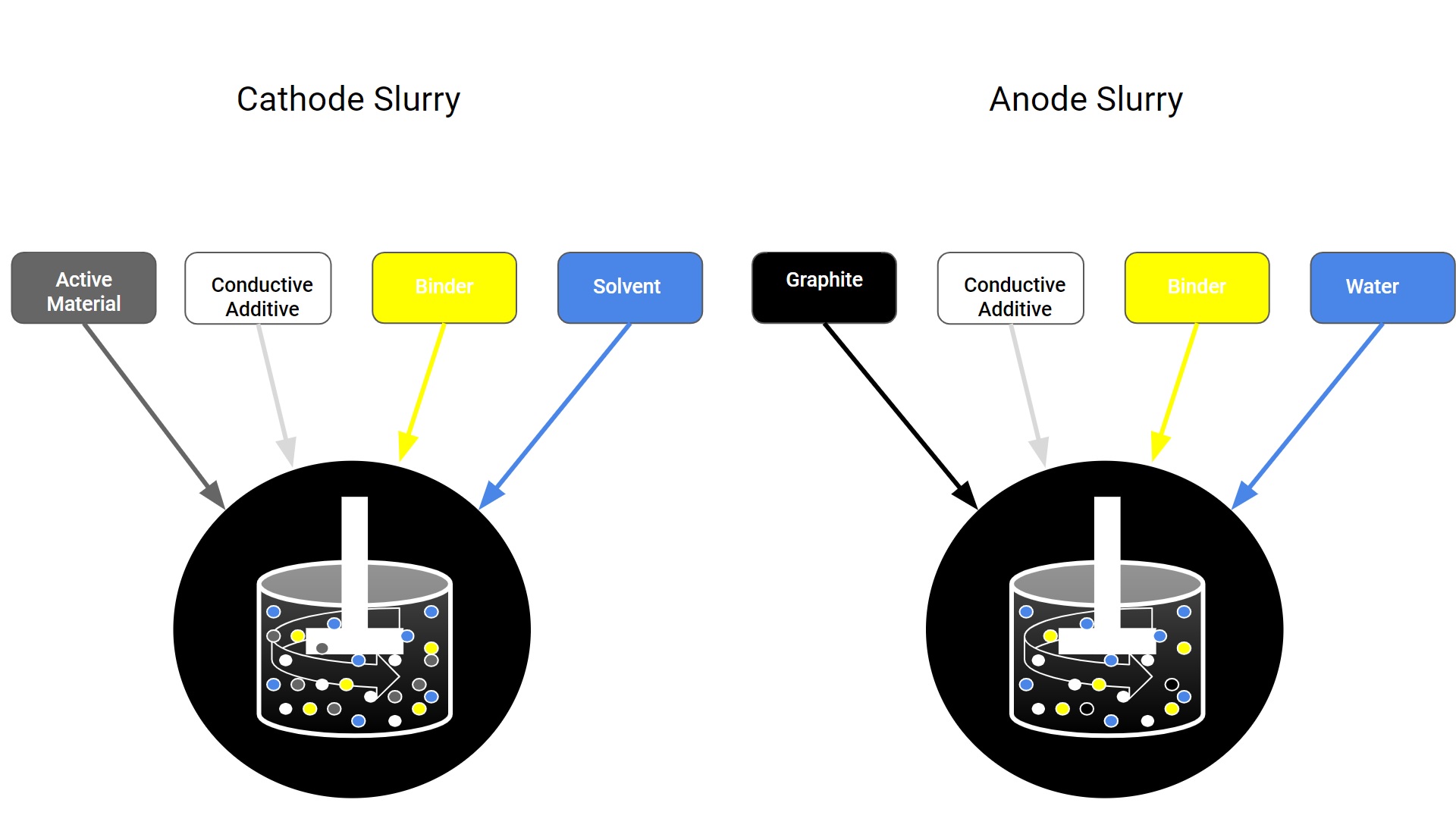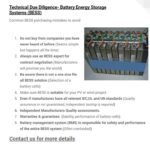Part 1: Lithium-ion Battery Quality Issues
Part 1: Lithium-ion Battery Quality Issues
After spending close to a decade visiting, optimizing and inspecting lithium-ion cell manufactures in China; we decided to share our experience covering optimal production conditions and quality issue that arise if high standards are not meticulously maintained.
When we setup in Hong Kong all those years ago, we had a vision that China would emerge as a global battery powerhouse. We could never have imagined just how much the industry would grow in such a short period of time. We were lucky enough to be there from the beginning to watch a new industry emerge out of nothing.
Lithium ion batteries are predominantly manufactured in following formats cylindrical, prismatic and pouch. Each cell format has unique characteristics, properties and performance requirements. Cell production steps are quite similar for all formats except at the packaging stage. The process requires highly accurate automated production equipment, to ensure high quality and safety demanded by the industry.
At its basic level cell manufacturing can be dived into three core parts.
1: Electrode Manufacturing
2: Cell Assembly
3: Cell Formation
Part 1 of our series describes electrode slurry preparation and how quality issues can be introduced at this stage of production.
Slurry Preparation
The basic requirement of an electrode slurry is to form a defect free thin film on the current collector upon application
Mix dry powders: Anode: Graphite, Carbon etc; Cathode: Active materials, conductive carbon.
Semi wet mixing: Wet mixed dry powders mixed with binder liquid or solvent.
Dilution: Add solvent to adjust desired viscosity and solid content
The final slurry mix should be free of particle agglomerates at the appropriate viscosity. Pay special attention to viscosity changes due to a number of reasons such as stirring speed, storage time, temperature and humidity, binder degradation.


Unevenness of raw materials and viscosity are key challenges which may lead to electrode defects and ultimately severely affect the electrochemical performance of the battery.
Quality slurry properties are based on
Viscosity: If the viscosity is too high or too low, it is not conducive to quality.
Fluidity: Good continuity, shows good liquidity.
Leveling: The flatness and uniformity of the coating.
Rheology: Surface tension; deformation characteristics of the slurry.
Common quality issues due to poor slurry formulation.
Pinholes
a) Dispersion issues (Graphite, conductive agent)
b) Impurities
c) Particle inhomogeneity
d) Material agglomeration due improper mixing
d) Unclean mixer resulting in dry powder residue
e) Metal particle contamination
Excessive Internal Resistance
- Too little conductive additive in the cathode( Low conductivity)
2. Too much binder in the cathode (Binders ~ insulators )
3. Too much binder in the anode (Binders ~ insulators )
4. Materials unevenly dispersed.
5. Binder not completely dissolved in NMP or water
6. Electrode material has high resistance (such as lithium iron phosphate)
Glossary
Anode materials: Natural or Synthetic Graphite, Silicon, Silicon oxide
Binder: Improves current collector adhesion and coating stability
SBR: Styrene-Butadiene Rubber used as an anode binder
CMC: Carboxymethyl Cellulose used as an anode binder
PVDF: Poly(vinylidene fluoride) used as an cathode binder
Cathode active materials (CAM): NCA, NMC, LFP
Conductive carbon additives: Enhance electrode conductivity
Solvent: Water or NMP used dissolve binders into solution
Vacuum: Vacuum mixing is used to avoid gas inclusion
If you are interested in learning more about lithium ion battery manufacturing
If you are interested in learning more about lithium ion battery manufacturing please visit www.electrios.com
Contact for more details












